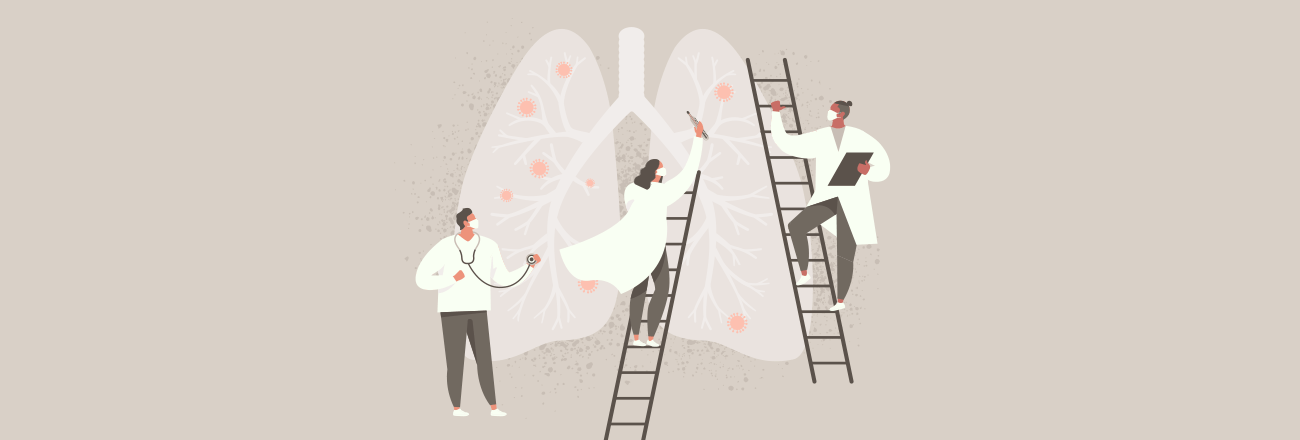Every hospital in the world is focused on addressing patient surge (at various stages). The increasing volume of patients needing care, coupled with the decreasing number of healthy, available clinicians, yields a severe impending bed and staff shortage. We’re curious about the possibility of wireless patient monitoring systems to help mitigate the staffing shortages and exposure to infected patients, while increasing available beds for higher acuity patients.
PERCEIVED PROBLEM:
Nursing and support staff performing required, regular patient vital sign checks, have increased risk of exposure to the virus due to frequent patient interactions. (“Clustered care” — grouping several routine or nursing care events together rather than spacing over time–is now recommended for limiting staff exposure and conserving PPE.) Plus, as we know, the physical space available and the hospital capacity for accommodating patients is quickly becoming scarcer. While we are addressing various non-healthcare building conversions for these overburdened hospitals, little has been discussed in terms of technology solutions. From our understanding, our healthcare clients lack time and financial means to extend patient monitoring and increase nurse call system capacity. So, perhaps we should consider sending patients home or, at least, relocating them to a less congested space (not an ICU) in the hospital, while maintaining the ability to still monitor patients.
We understand that COVID-19 patients have the potential to deteriorate rapidly. The need to monitor vital signs is still necessitated; though perhaps with a new model facilitated by wireless patch technology.
In an interview with Dr. Jiang Li, founder and CEO of VivaLNK, medical wearable sensors and data platform, we learned about the VivaLNK’s reusable wireless monitoring patch. This timely technology was deployed at the originating location for COVID-19 in China at 18 different hospitals and over 2,000 patients. The patch continuously monitors patient body temperature, sending data via Bluetooth to the respective hospital nurse station for monitoring and responding accordingly. In addition to body temperature, VivaLNK has a patch that monitors EKG, heart rate, and respiration rate. This multi-patient monitoring application alerts staff based on “trends and thresholds, identifying the patient and room”. According to Dr. Li, “The original intent of the remote-monitoring patch was intended for at-home use, so it was designed as a ‘DIY’ tool for anyone to be able to easily use. Now, in light of COVID-19, VivaLNK is working with hospitals across the globe, including in the US, to deploy in traditional and ‘converted’ hospitals.”
In the scenario of symptomatic patients, or those infected but not necessarily needing clinical treatment, discharging with the ability to monitor data remotely could be a viable healthcare solution. Another wireless patient monitoring solution has the ability to monitor eight critical vital signs, including heart rate, respiratory rate, heart rate variability, fall risk, O2 saturation, and temperature.
PERCEIVED BENEFITS:
- Reduce lower acuity patient admissions, freeing hospital beds for critical care patients, and reducing the number of nursing staff previously needed for low acuity patients.
- Increased protection of nursing staff by reducing the frequency of patient interaction
- Increased notification of fall risk (particularly important among the elderly and obese patient population)
- Provide an alternative means of patient monitoring in non-traditional environments (over-flow/surge units/tents/etc.) where resources are limited
- More accurate, timely notification of vitals at risk (particularly, respiratory related)
- Minimize patient disruption at night with automated alerts
- Overall, optimize treatment and limit cross-infection
How can we measure the impact of remote patient monitoring technology during this pandemic? Obviously, this remains to be determined, but likely will have a significant impact per the benefits listed previously.
POTENTIAL CHALLENGES MOVING FORWARD:
This technology still requires oversight of the monitoring devices—clinicians or a third-party monitoring system (or some combo of the two). Hospitals need to address potential liability of the monitoring system, including the process of alert responses.
The reliability of wireless connections in a patient’s home and/or temporary facility, may also pose as a potential challenge in successful remote monitoring. However, Dr. Li’s technology has built in a very robust wireless connectivity layer.
As Dr. Li describes, inertia (historically) in Healthcare with trying anything new coupled with the “herd mentality”, is a potential barrier for quick adoption.
Deploying any new process or technology may initially require additional resources. The perceived benefits of wireless patient monitoring appear to warrant consideration and with a 10x increase in the search results for ‘telemedicine’ since the beginning of the year, it seems the market may agree. Given this uncharted, unknown COVID-19 environment, the ability to quickly explore and deploy new technological solutions seems more critical than ever.
